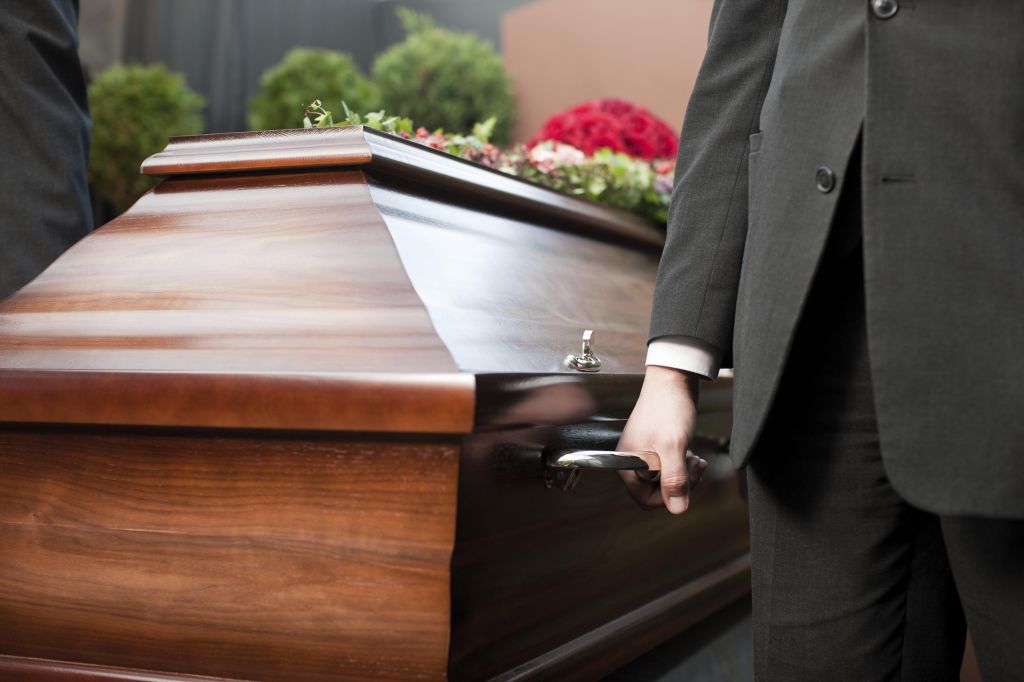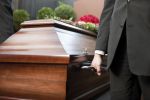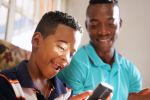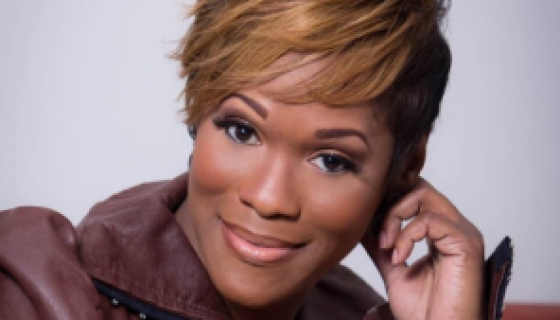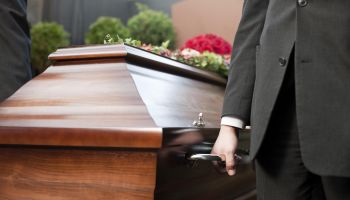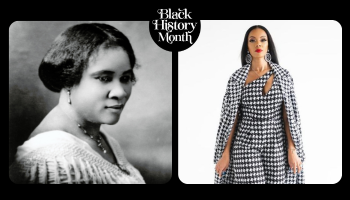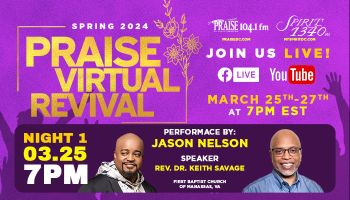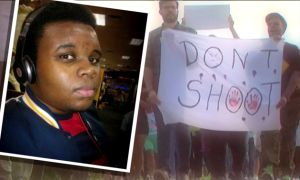
Think you have a pretty good idea of what’s going on in Ferguson, Missouri? You may not, even if you’ve been watching a lot of cable news. Especially if you’ve been watching a lot of cable news. If the media’s job is to give viewers and readers an accurate and full idea of what’s really going on, we have to acknowledge that there is a long way to go. Of course, Ferguson is not an isolated case. But it is a chance for those of us in the media to expand our understanding of our role in covering the news.
We know there is racial division in Ferguson. The police officer who shot Michael Brown on Aug. 9 is part of a force that’s 94-percent white in a town that’s 67-percent black. The anger, resentment and concerns of the protesters are real. So is the disturbing trend of the militarization of our police force, and the way that minority communities bear the brunt of this. But endlessly rerunning protests getting out of hand, looting, tear-gassing and arrests is not giving viewers a full picture of what is happening in the community at large. Yes, all these things have happened, but what else is happening in the community? For much of cable news, nothing else. And that’s simply not true.
In fact, one does not have to harbor the kind of delusions evidently held by Ferguson Mayor James Knowles, who claimed, “There’s not a racial divide in the city,” to see there is another side to Ferguson. The conflict, the arrests, the looting, the tear gas, the division — that’s a part of the story.
For Example:
That rallying spirit of coming together went beyond Ferguson. The Wisconsin Hope Lab helped secure college scholarships for the three siblings of Michael Brown. And since the first day of school for Ferguson kids has been moved back several days — along with the lunches many of them depend on — Raleigh, North Carolina, teacher Julianna Mendelsohn, in collaboration with a food bank in St. Louis, took to Fundly to raise money to fill in the food gap.
And there were hundreds more expressions of the better angels of our nature, a sample of them captured by our reporters on Twitter: Ferguson residents helping clean up; giving out diapers and children’s books; handing out water, cookies and juice; setting up a food station for the protesters; giving the protesters free pizza; helping protesters hit with tear gas; letting strangers stay in their homes; lending a cellphone so someone could call his mother; handing out free lunches to anyone in the community — including the police; giving free coffee and wifi to members of the press covering the story; and protecting a store from being looted.
